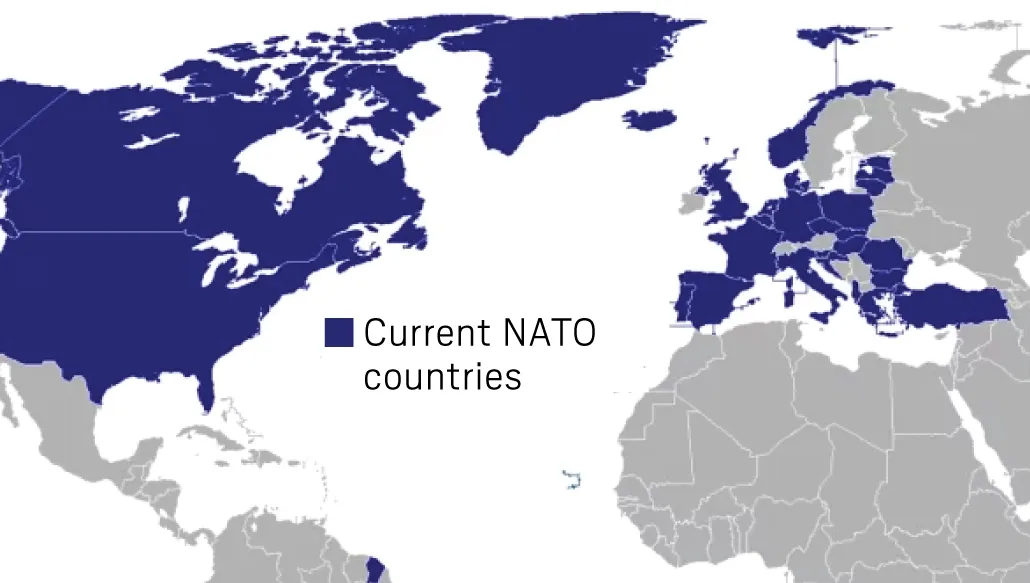Australian author Sean McMullen’s Greatwinter novels are set in the post-apocalyptic wastelands of Victoria (no, not Melbourne in lockdown). There are no electrical machines because orbiting robotic battle satellites immediately vaporise any sign of electromagnetic activity. Dare to flick on the simplest circuit and instant, merciless death strikes from above.
Still, even that’s not as bleak a vision as Ward Moore’s 1951 short story, Flying Dutchman. In that tale, a fully-automated war machine, from robotic assembly and repair factories to autonomous bombers, continues to bombard the Earth with nuclear weapons, centuries after its human creators have been pulverised to dust.
So we can’t say we haven’t been warned that building autonomous, robotic killing machines isn’t likely to end well. Hell, haven’t they even seen a single Terminator movie?
Apparently not.
Last year “an autonomous weaponized drone hunted down a human target last year” and attacked them without being specifically ordered to, according to a report from the UN Security Council’s Panel of Experts on Libya, published in March 2021 that was published in the New Scientist magazine and the Star.
In legend and reality, lone Japanese soldiers carried on the Pacific War on isolated islands for decades. The last to surrender was Hiroo Onoda, who gave himself up on the Philippine island of Lubang in 1974.
But autonomous killer drones may be the ultimate set-and-forget gift that keeps on killing.
The March 2020 attack was in Libya and perpetrated by a Kargu-2 quadcopter drone produced by Turkish military tech company STM “during a conflict between Libyan government forces and a breakaway military faction led by Khalifa Haftar, commander of the Libyan National Army,” the Star reports, adding: “The Kargu-2 is fitted with an explosive charge and the drone can be directed at a target in a kamikaze attack, detonating on impact.”
The drones were operating in a “highly effective” autonomous mode that required no human controller and the report notes:
“The lethal autonomous weapons systems were programmed to attack targets without requiring data connectivity between the operator and the munition: in effect, a true ‘fire, forget and find’ capability” – suggesting the drones attacked on their own.
Which raises the same question as the Irishman’s thermos flask: How does it know?
Zak Kallenborn, at the National Consortium for the Study of Terrorism and Responses to Terrorism in Maryland, said this could be the first time that drones have autonomously attacked humans and raised the alarm.
“How brittle is the object recognition system?” Kallenborn asked in the report. “… how often does it misidentify targets?”
Jack Watling at UK defense think tank Royal United Services Institute, told New Scientist: “This does not show that autonomous weapons would be impossible to regulate,” he says. “But it does show that the discussion continues to be urgent and important. The technology isn’t going to wait for us.”
New York Post
The last thing a killer robot is going to listen to, after all, is a puny human.

Please share this article so that others can discover The BFD









